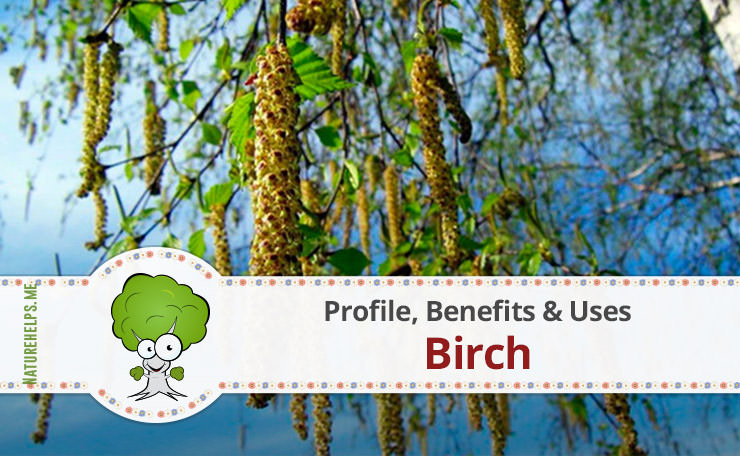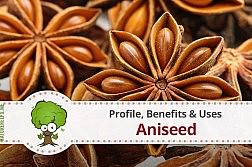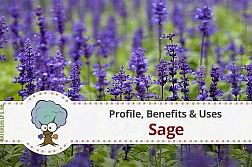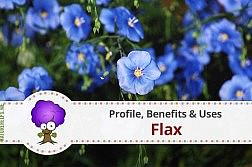In folk medicine birch buds, young leaves and birch juice can be very useful. Infusions and decoctions of buds and leaves are used treat edema of cardiovascular origin and also as a diuretic and choleretic agent to trear kidney and liver diseases.
Birch has a multitude of historical uses but is less familiar for its undoubted medicinal properties. The sap makes a clear and refreshing drink that can be preserved as a wine, beer, or spirit. The leaves produce a pleasant tea and an infused oil. In each form, birch is an excellent tonic and detoxifier, mainly working on the urinary system to remove waste products, as in kidney or bladder stone, gravel, gout, and rheumatism. It reduces fluid retention and swellings, and clears up many skin problems.
Birch is one of the most useful of trees as well as one of the most graceful. From adhesives to wine, baskets to yokes, and boats to vinegar, it has been a boon to people in the cold north for thousands of years. Its medicinal properties have been historically valued and should be better known today.
Birch bark contains three compounds from which researchers aim to derive nutritional supplements, cosmetics, and pharmaceuticals: betulin, lupeol, and betulinic acid. All exhibit anti-inflammatory properties that have been shown to reduce cholesterol and blood pressure, treat fungal and bacterial infections, stimulate the immune system, and more.
Birch sap, birch water, or blood, had a folk reputation for breaking kidney or bladder stone and treating skin conditions and rheumatic diseases. It can be drunk in spring as a refreshing and cleansing tonic, clearing the sluggishness of winter from the system. The fermented sap also makes birch wine and country beers and spirits.
Besides being a source of tinder and paper, birch bark has been used for tanning leather, especially in Russia, and for preserving nets and ropes. Another product of this gracious tree is an oil tar from the bark. This is used commercially in birch creams and ointments for chronic skin conditions.
Indications in Usage of Birch Tea
- Spring cleanse
- Kidney stones
- Urinary gravel
- Cystitis
- Gout
- Arthritis
- Rheumatism
- Psoriasis
- Eczema
- Fluid retention
- Fevers
How to Make Birch Decoction & Infusion?
Birch Infusion: 6 tablespoons of birch buds pour with 3 cups of cold boiled water, leave for 1 day in a dark place, then strain the infusion. Drink this liquid 1/4 cup 4 times a day before meals.
Birch Decoction: 5 g birch buds pour with 1 cup of boiling water, simmer for 1 hour and strain. The entire portion divide into 3 doses and drink throughout the day.
Birch juice ingest 2-3 glasses per day for gout, rheumatism, edema, abrasions and a long non-healing wounds. It also can be taken as a diuretic and expectorant.
Birch sap when applied externally helps to prevent eczema.
Birch buds are used for edema of cardiovascular origin:
Infusion: 20 g of birch buds pour with 1 cup of boiling water, leave for a few hours, strain and add a little baking soda. Drink 1/2 cup 2 times a day.
Birch buds – a good tool in the treatment of gastrointestinal diseases. To prepare healing tincture is not so difficult.
15 g of birch buds pour with 0.5 liters of vodka. Use 15-20 drops of this resulting liquid three times a day.
Birch bud tincture can be applied to treat rheumatism, gout, joint pain, bedsores, and cuts and long non-healing wounds. This remedy is well-known for its external analgesic, anti-inflammatory properties.
Taking bath with birch leaves also will help to release the symptoms of rheumatism and gout. Fresh or dried leaves are used for steaming compresses and poultices for rheumatism.
Birch Leaves to Treat Acne: a spoonful of shredded leaves pour with 1 cup of boiling water. Leave for a while and then strain. Drink 50 grams 3 times per day.




